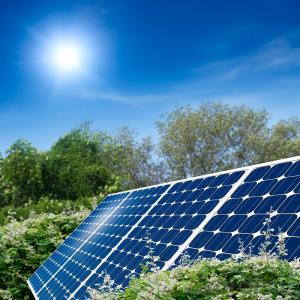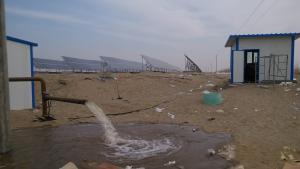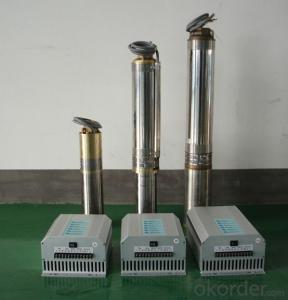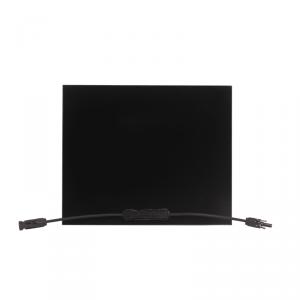120v Solar Inverter
120v Solar Inverter Related Searches
Solar 120v Inverter Solar Panel 120v Inverter 12v Solar Inverter 120/240 Volt Solar Inverter 12v To 120v Solar Inverter 12v Solar Power Inverter 12 Volt Solar Inverter Solar Power Inverter 12v 12v Solar Panel Inverter 1200 Watt Solar Inverter 12 Volt Solar Panel Inverter 12kw Solar Inverter 12kw Inverter Solar 240v Solar Inverter 240v Inverter Solar Solar Inverter 12kw Solar Inverter 240v 240 Volt Solar Inverter Solar 12v To 240v Inverter 12v Hybrid Solar Inverter Solar Inverter 12v To 240v 12 Kw Solar Inverter 12v To 220v Solar Inverter Solar 220v Inverter 12v Solar Inverter Charger Solar Inverter Charger 12v 220v Solar Inverter Solar Inverter 110v Solar 24v Inverter Solar Inverter 12v To 220v120v Solar Inverter Supplier & Manufacturer from China
The 120v Solar Inverter is a crucial component in solar energy systems, designed to convert the direct current (DC) generated by solar panels into alternating current (AC) that can be utilized by various electrical devices and appliances. This product plays a vital role in harnessing the power of the sun and making it accessible for everyday use, ensuring a sustainable and eco-friendly energy source.The 120v Solar Inverter finds its application in a wide range of scenarios, from residential homes to commercial establishments and even off-grid applications. It is particularly useful in areas where grid electricity is unreliable or unavailable, providing a stable power supply for lighting, heating, and other essential services. Additionally, it can be integrated into existing electrical systems to supplement power consumption, reducing reliance on fossil fuels and lowering energy costs.
Okorder.com is a reputable wholesale supplier of the 120v Solar Inverter, boasting a vast inventory that caters to the diverse needs of customers worldwide. With a commitment to quality and customer satisfaction, Okorder.com ensures that the 120v Solar Inverters they provide are of the highest standards, meeting the specific requirements of various applications.
Hot Products















































